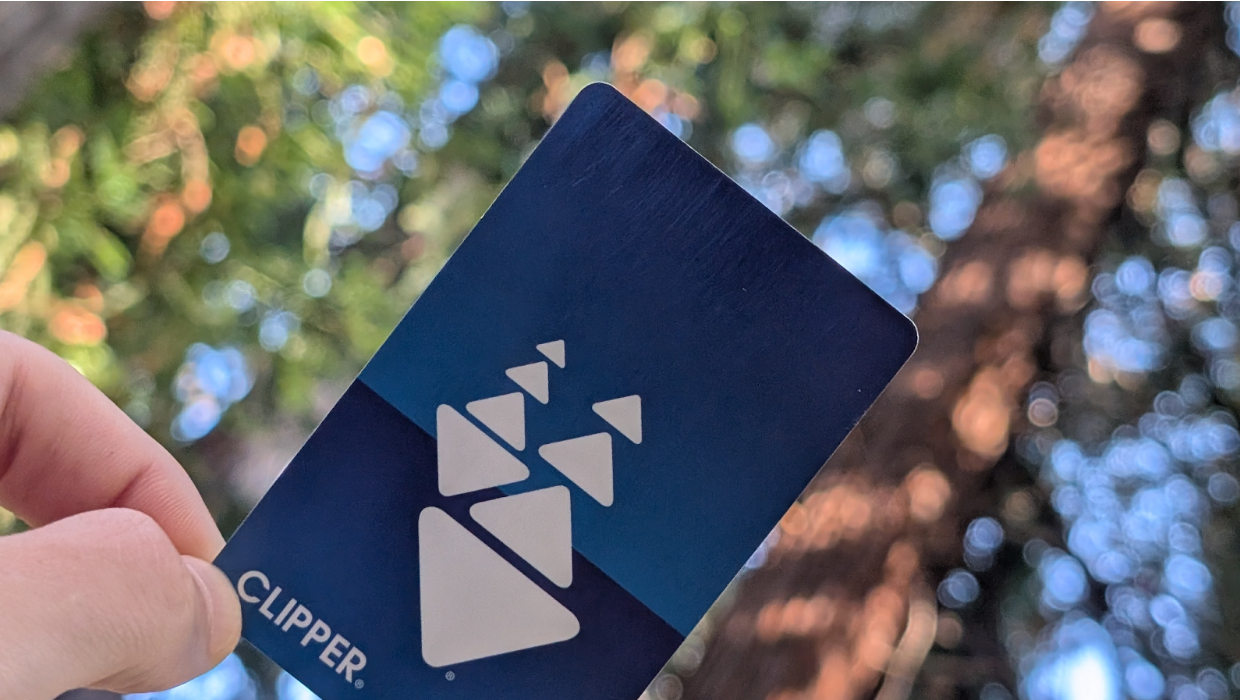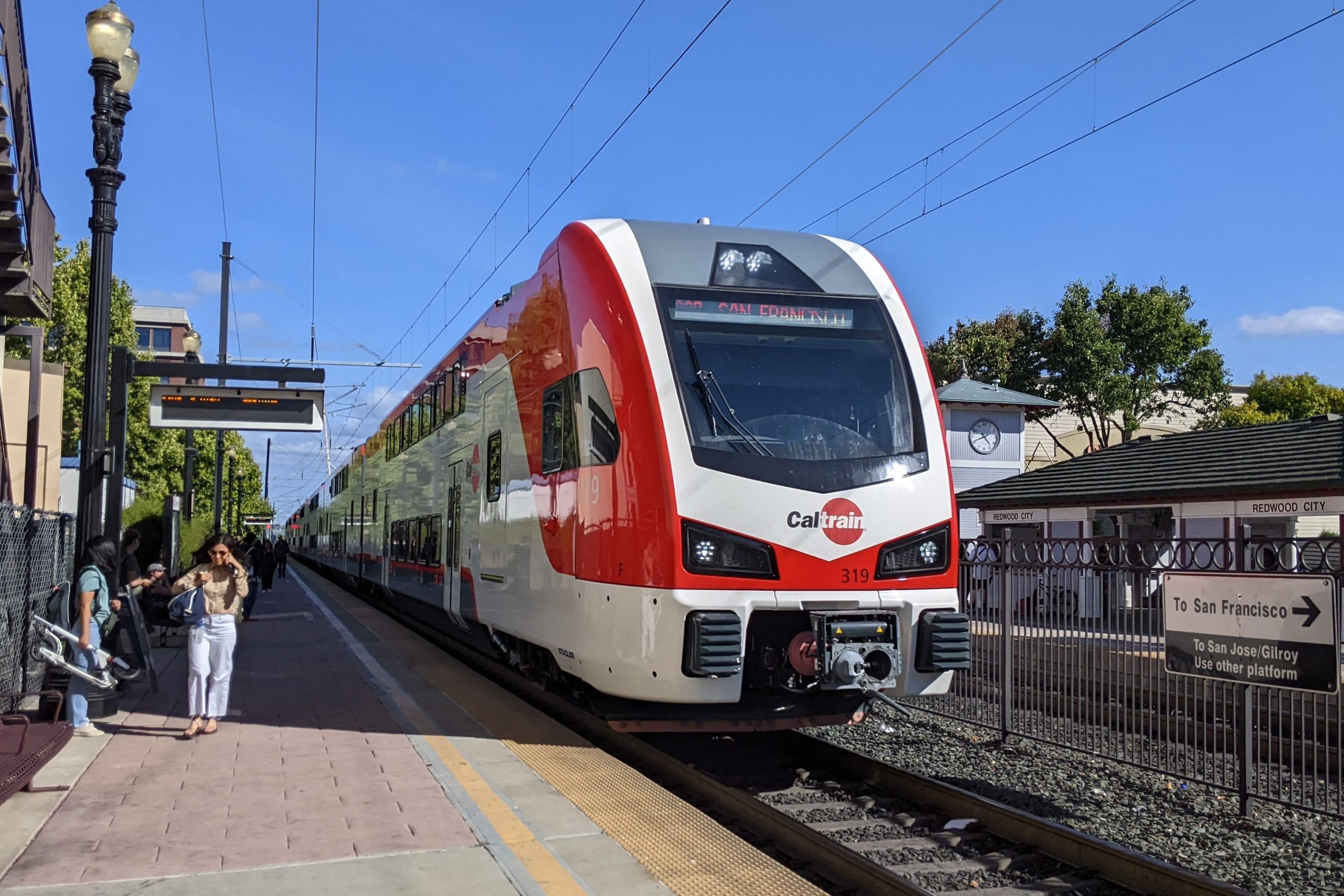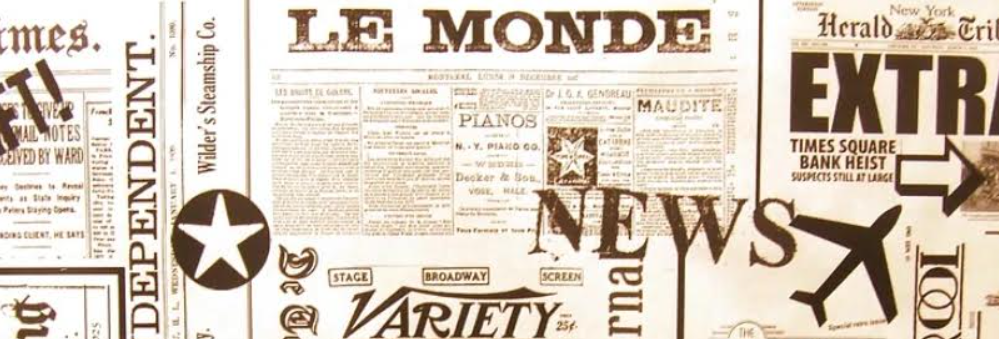Getting outdoors in the Bay Area often means taking lots of different agencies, including small ones with different rules and different fare structures. If you live in San Francisco, you might not know how Marin Transit fares work, and if you live in Berkeley, you might not know how County Connection fares work.
In the Bay Area, people have been paying for transit with their Clipper cards for years. It’s convenient – if you have enough money loaded on your card. It’s easy – if you don’t care how much the trip will cost. Clipper 2.0, which launches December 10th, solves these problems with the launch of two very important features:
Tap and ride - no need for a Clipper card
Just visiting the Bay Area? Hiking with a friend who doesn’t usually take transit? There’s no more buying fare cards, no more guessing how much to load, and no more worrying about having extra money left behind on cards in the junk drawer. Instead of tapping with a Clipper, any contactless debit or credit card will work.
Free and discounted transfers
One of the biggest pain points in regional transit in the Bay Area has been the lack of transfers between agencies, with each one operating as its own fiefdom. From time to time you’ll get something like a 50¢ discount from a rail agency to a bus agency, but that sort of transfer was unreliable, hidden in paragraphs of descriptions below long farecharts, and for agencies you don’t regularly ride, more of a fun bonus than something you take into account when planning a trip.
That’s all in the past now.
The new Clipper 2.0 comes with an entirely rethought transfer system. Each transfer comes with up to a $2.85 discount: any transfer between BART, Caltrain, transbay bus, or ferry and a local bus is essentially free, as are transfers between local buses, and transfers between those longer-distance routes is signficantly cheaper.
Gimme an example.
Let’s go to Marin from Oakland. We’ll take AC Transit to BART ($2.50), BART to San Francisco ($4.25), then take a Golden Gate Transit bus to Marin ($7.00), and a Marin Transit bus to our destination.
Before Clipper 2.0, transferring from AC Transit to BART and from BART to Golden Gate Transit didn’t give any discount, but Golden Gate Transit to Marin Transit would be a free transfer, so the total fare would be $13.75.
Now, each step of the way gets a discount or free local bus fare: transferring from AC Transit to BART gives a $2.50 transfer discount, BART to Golden Gate Transit gives a $2.85 transfer discount, and Golden Gate Transfer to Marin Transit is free, so the total fare would be $8.40.

Getting around just got cheaper. Where should I go?
Personally, I’m planning on celebrating with a hike to the top of Mount Tamalpais. What better way to celebrate getting around the Bay than sweeping vistas of it from above? Sign up for the Hiking by Transit mailing list to join me!
Or, to go by yourself, learn how to get to the top of Mount Tamalpais from Pantoll Ranger Station here
Evan Tschuy is an advocate for car-free outdoor recreation and the founder of Hiking by Transit, the website and guide to getting outdoors in the Bay Area without a car.






